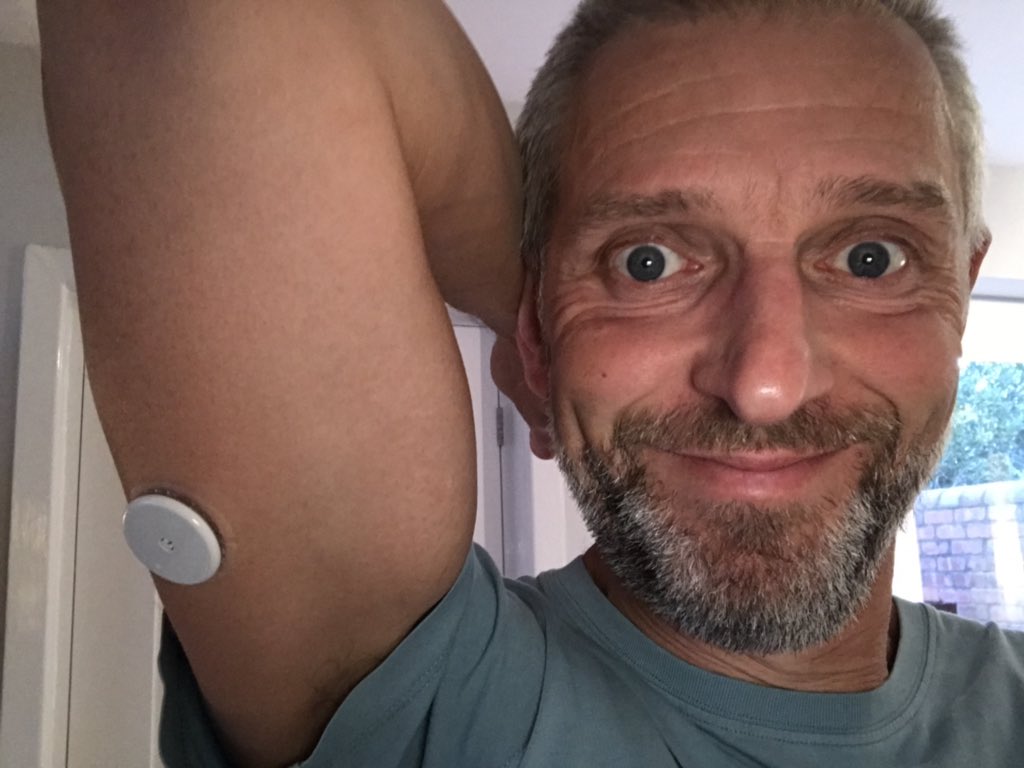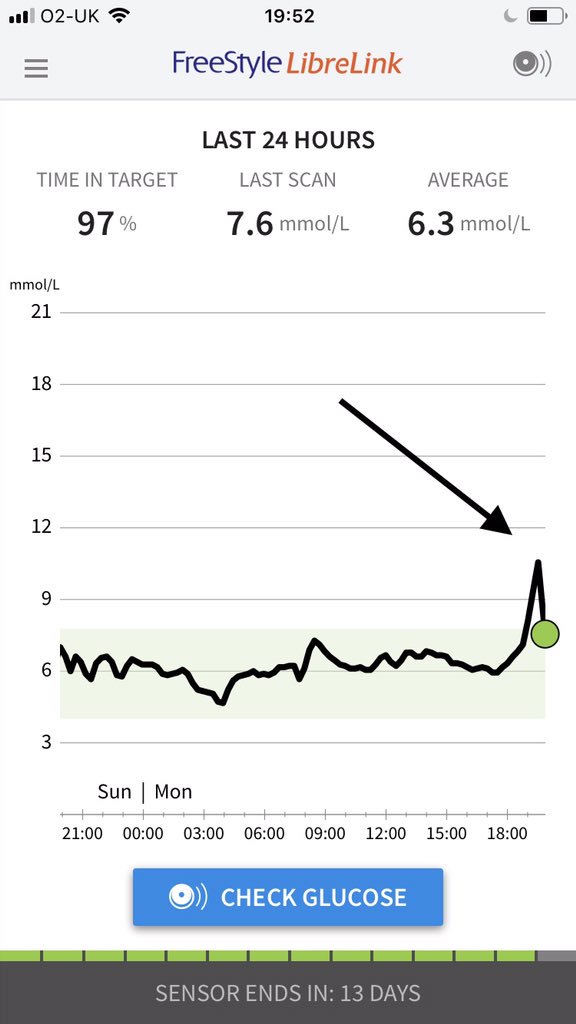Per these linked works (both digs from second but good background in first) glycemic excursion is strongly associated with oxidative stress.
care.diabetesjournals.org/content/31/Sup…
jamanetwork.com/journals/jama/…


(Or if we reduce oxidation too much will this be deleterious?)
In the first reference the authors argue that measures only of s.d. are insufficient.
(The n-6 intake <==> AA level connection is tenuous but dietary n-6 ~= oxidative stress has been shown by a few groups. In humans, no less!)
sciencedirect.com/science/articl…
MDA is malondialdehyde, NGR and IGR normal and impaired glucose regulation.
NGR had lower MDA, which correlated with MAGE of 1.6 mmol/l, which is 28.83 mg/dL. So concordant, another target in the 30-40 mg/dL range for putative normals.


Another one where the normal glucose regulation group had a 1.60 mmol/l MAGE. Rather noisy data in their log-transformed plot of oxidative byproducts vs. MAGE.


academic.oup.com/jcem/article/9…
Only looked at T2DM and didn't report as MAGE (since not a CGM study--finger sticks at 0-120 min at 30 min intervals instead). Thus the lowest category for A1C being < 7.0…

IGP: max incremental increase in glucose obtained at any point after a meal.
a) Normal MAGE is on the order of 30-40 mg/dL.
b) MAGE is positively correlated with oxidative byproducts, and by extension from incremental glucose peak with CIMT.
c) No lower limit clearly established yet.
Association with advanced glycation end products when groups split between < 40 and > 40 mg/dL MAGE. I would have much rather liked to see a scatterplot of MAGE versus Glycer-AGE, but this is enough to see that even this relationship is noisy.

ncbi.nlm.nih.gov/pmc/articles/P…
AGEs are apparently coveted in food production because they are tasty...
sciencedirect.com/science/articl…
A conundrum for the ages.
Large n. 22 year followup. Mortality data, and reporting of data in ranges rather than just cutoffs (e.g. 140 mg/dL).

This begs the question of whether it's the glucose at action here or whether these were just reflections of metabolic health.
3 studies summarized. Whitehall Study reference ranges low (50 g glucose load as opposed to 75 or 75/90 g for the other two).
From the Paris and Helsinki studies 2 hour glucose under 122 and 113 mg/dL associated with lowest all cause mortality.

Possibly extra relevant to me being half-Japanese. Risks expressed relative to quintile 1. Quintile 2 doesn't seem that bad. 50 g glucose at 1 hour.
Quintile 1 was mean 99.7 (40-114) mg/dL, quintile 2: 123.9 (115-133) mg/dL. Again that 100-120 range.










